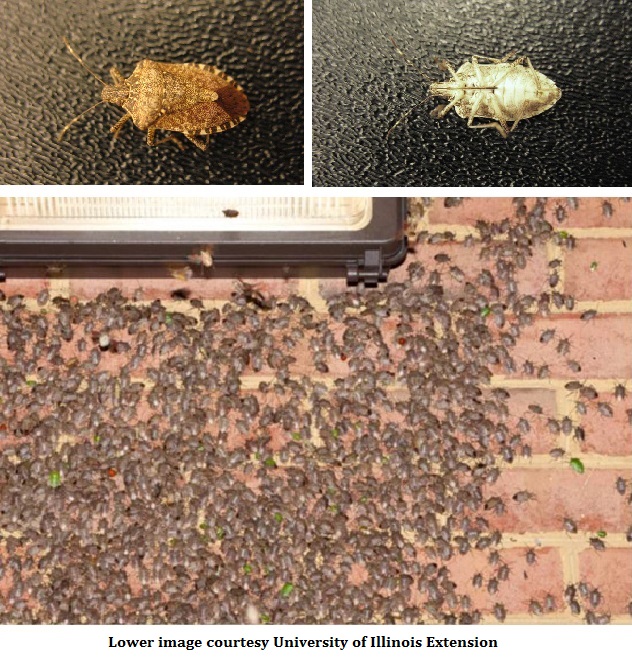What Are Stink Bugs? Are Stink Bugs Dangerous?
The brown marmorated stink bug (BMSB) is viewed as an invasive species in the wake of being first acquainted with the United States during the 1990s from Eastern Asia. This specific species was first found in Allentown, Pennsylvania, and has kept on spreading across the United States but was not recognized or identified until September 2001.
It immediately spread east to New Jersey, then to Virginia by 2004, and now toward the south toward the North Carolina line. Today, stink bugs are most prevalent in the mid-Atlanta area, however they have been recognized in 44 states and the District of Columbia. The bug’s native reach incorporates China, Japan, Korea and Taiwan.
Stink bugs normally gather on warm, west-facing walls and get in structures through cracks and crevices. Once they find an ideal spot, they release pheromones, chemical signals that beckon more stink bugs to sign up with the party. Your best choice is to keep them out in the very first place. Here are some suggestions and techniques.
Why Stink Bugs Invade Your Home – ATAP Pest Exterminators
They’re a veritable fall invader, making their method into homes and homes throughout the region each fall, and bringing their peculiar smell in addition to them. And because merely squishing them releases the worst of what they have to use, keeping them far from your house can be especially tough for the average house owner.
Despite the fact that they don’t represent any wellbeing danger to people, they can be a smelly annoyance for homeowners when they get inside. Once inside, stink bugs can assume control over an entire home. Stink bugs normally look for overwintering sites in the late Fall before drastic changes in temperature. They will spend winter stowing away inside the walls, storage rooms or unfinished plumbing spaces of a structure, yet can be seen here and there close to windows or entryways as they initially come inside.

Where Stink Bugs Hide
Once inside the home, stink bugs can commonly be found in places like the living room. Finding large groups of dead or alive stink bugs is the number one sign of an infestation. The piles are typically found in sunny areas where the stink bugs have emerged to warm themselves, but it means other stink bugs may be hiding in your home. Once spring arrives, stink bugs will attempt to make their way out of their hiding places to go outside.
Stink bugs normally gather on warm, west-facing walls and get in structures through cracks and crevices. Once they find an ideal spot, they release pheromones, chemical signals that beckon more stink bugs to sign up with the party. Your best choice is to keep them out in the very first place.

How to Prevent Stink Bugs from Coming In – Stink Bug Prevention Tactics
To fight off stink bug infestations, specialists suggest doing the following things:
– Seal as many outside openings as could be possible utilizing caulk. Usage caulking to change broken seals around utility entry points, windows and doors. Inspect joints where two various products meet, like wood and concrete block or wood siding and brick. Caulk the cracks as required.
– Screen vents in unfinished plumbing crawl spaces and storage rooms. Check screens. Look for holes and patch as needed. Ensure the screens fit securely into their area. Rub screens with clothes dryer sheets some house owners say it works to keep the bugs from blanketing screens. Squish some. Some homeowners report that if they squish a couple of stink bugs where they start to collect, it seems to repel other ones
– Utilize weather stripping to seal holes under outside entryways. Inspect doors. Look over weather removing and sweeps on doors, including the rubber seal on garage doors.
– Homeowners should also look to certified pest control professionals for help with an invasion
Prevent Bugs in House!
On the off chance that you figure you may have a stink bug issue, locate a neighborhood pest control company proficient to take care of your problem today!
